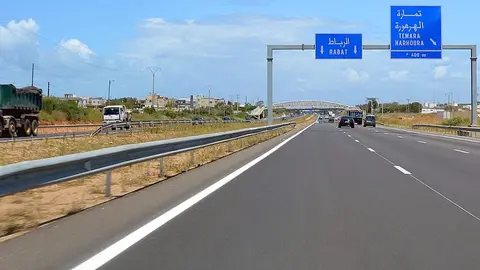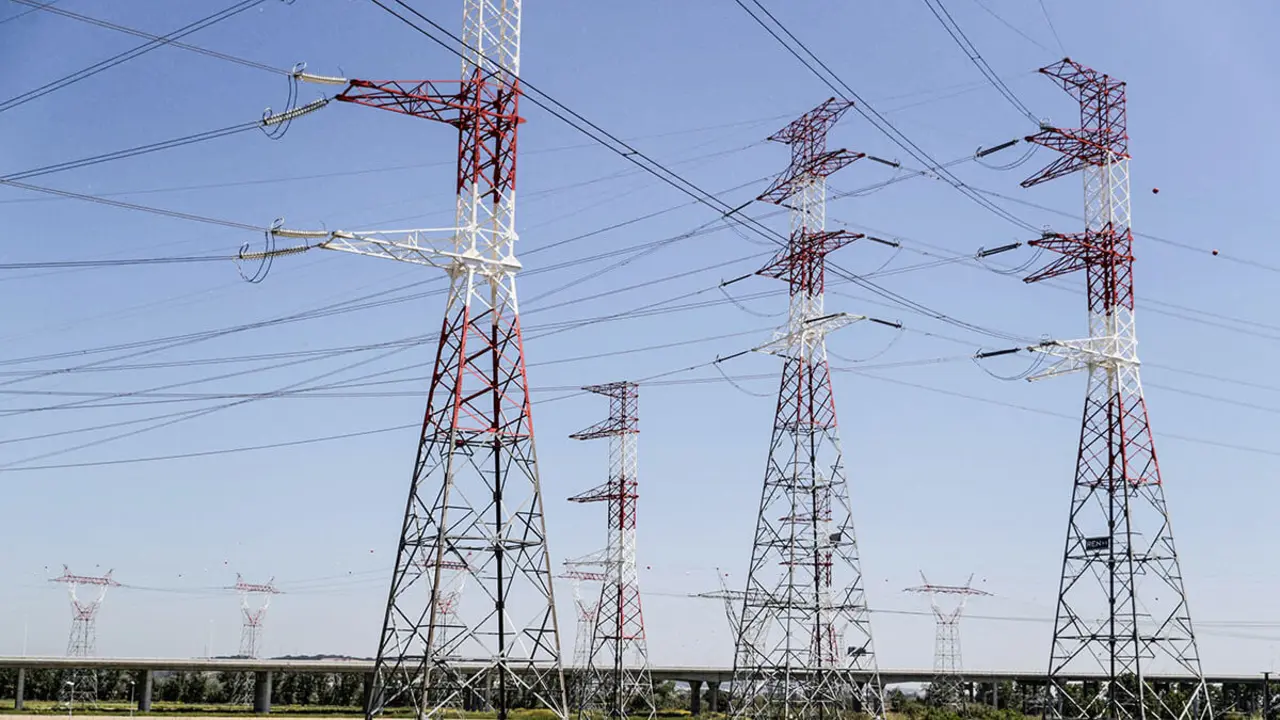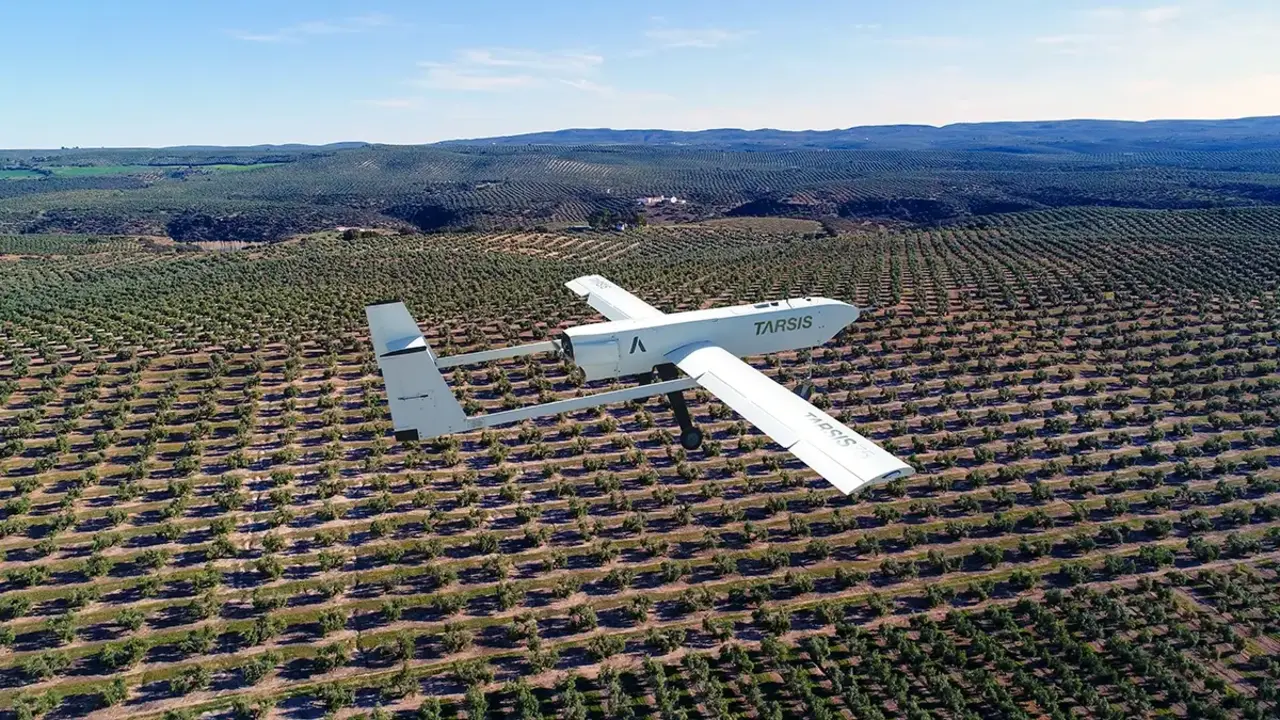Morocco plans new motorway between Tangier and Tetouan-Fnideq
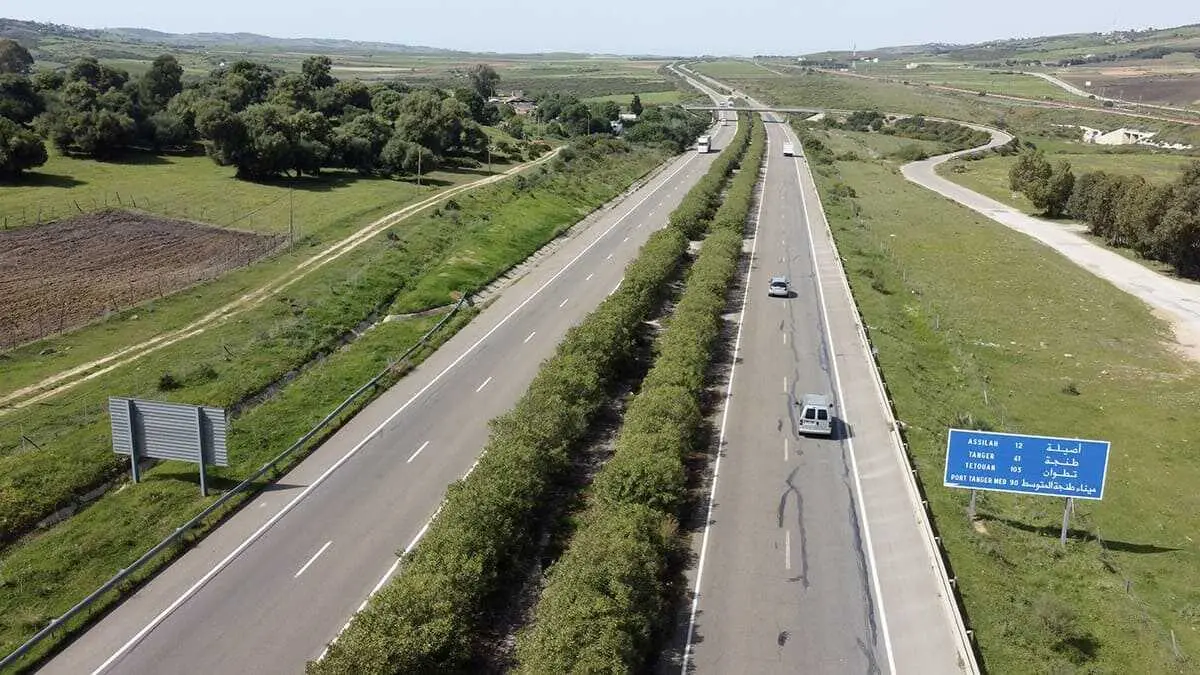
Morocco's national road network is growing steadily. With more than 1,800 kilometres of high-speed roads and 432,000 cars travelling daily, Morocco is consolidating its position as one of the best-connected countries on the continent. With more than 180 pedestrian bridges and a service post every 100 kilometres, Moroccan roads are also among the most accessible and safest.
In search of an extension, the Department of Equipment, part of the Moroccan Ministry of Equipment and Water, is planning a new connection linking the northern cities of Tangier and Tétouan-Fnideq. The project, which is already under study, will be part of the development vision for the Tangier-Tetouan-Al Hoceima region, the country's main industrial centre.
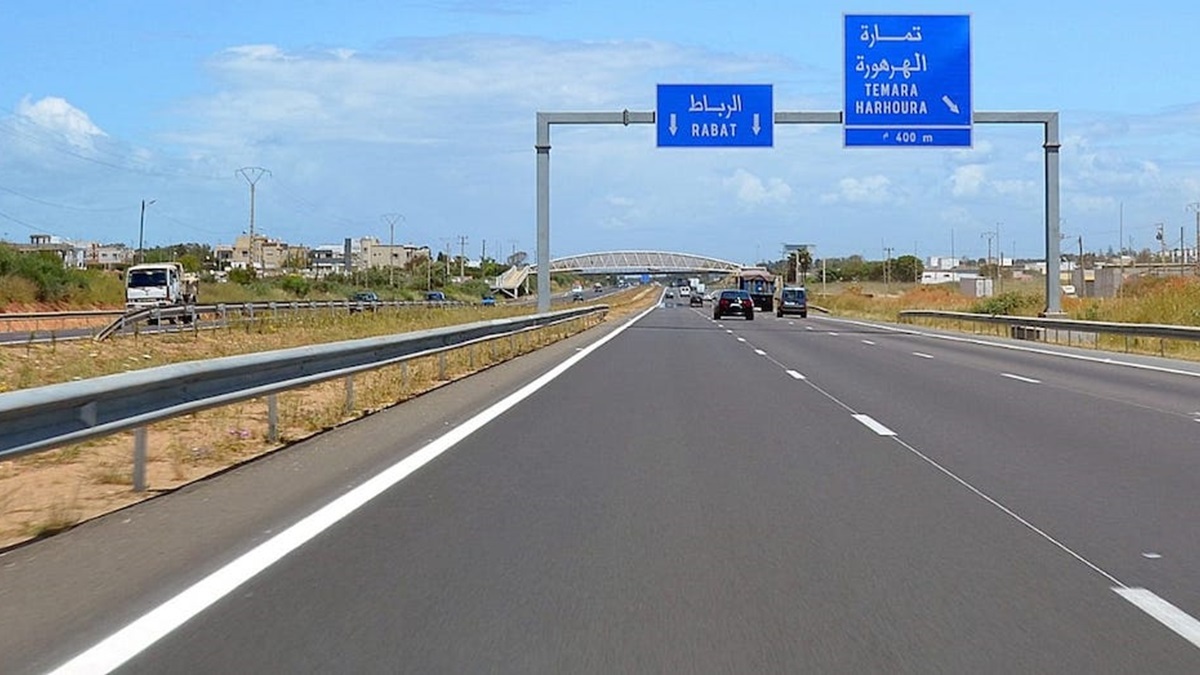
After the motorway projects linking Casablanca to Rabat, the capital, and the Béni Mellal-Bipole motorway to Fez-Meknes, the Alaouite administration will further strengthen the road offer. Both roads were part of an investment programme of the Moroccan National Motorway Company (ADM) whose budget exceeded 8 billion dirhams.
In addition to the city of Tangier, adjacent cities will benefit from the new infrastructure. ‘As part of the development and modernisation of the national network, the Ministry of Equipment and Water is working to improve travel conditions for users through the implementation of several ambitious programmes whose main axes focus on safety and user needs,’ the ministry explained in a press release.
The project will be part of two connections. The road will link the 40-kilometre sections of the Tangier-Tetouan motorway with the 28-kilometre section of the A6 linking the towns of Tetouan and Fnideq (Castillejos).
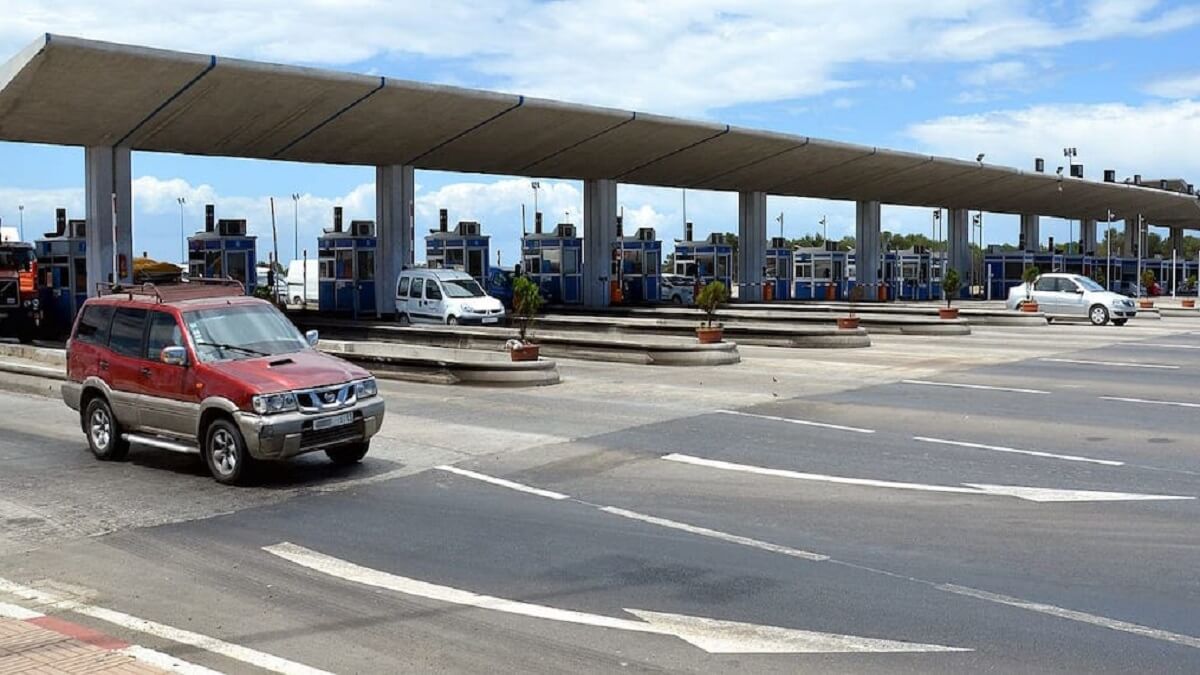
‘The general work necessary to achieve the best possible development must cover, in sufficient detail, all the major issues that such infrastructures can raise: prioritisation of needs and objectives, traffic demand, accessibility and connection of metropolises and major centres, connection with the road and motorway network, road safety conditions, economic and tourism development and the effect on the environment,’ details the department.
The road connects to the Mediterranean Corridor of more than 500 kilometres that runs along the Moroccan coast from the border with Algeria at Ras Saidia to the city of Tangier. With a track width of more than 2.5 metres, the dual carriageway will be able to accommodate large lorries and goods trailers. In addition, it has more than 70 kilometres of entry and exit lanes.

In addition to being modern and safe, the road has more than 200 kilometres of sea views, passes through more than 8,000 hotel spaces and facilitates the transit of more than 200,000 employees of the more than 4 ports and 7 tourist cities through which it passes. The road complex is the largest in the country. It crosses 3 regions, 9 provinces and 8 major cities in the country. One of the first effects of the completion of the section will be the reduction from 11 to 7 hours of travel time between Tangier and the border town of Saidia.
The consultation of the project will provide more appropriate solutions in terms of design, costs and meeting needs with relevant technical, economic and environmental studies. This new road will seek to provide new opportunities for the development and promotion of a new link between neighbouring populations and a modern road service.
According to the Ministry's note, the studies will be carried out progressively and will focus on each sub-project involved in such a project. The multi-criteria analysis will compare all the possible scenarios in order to select the most appropriate for the future motorway linking the cities of Tangiers and Tetouan.
Morocco is on the prestigious list of countries with the best roads in the world. According to the International Monetary Fund's Average Speed and Quality of Roads report, the Alawi country was ranked in 2022 as the 16th country with the best road structure in the world.

